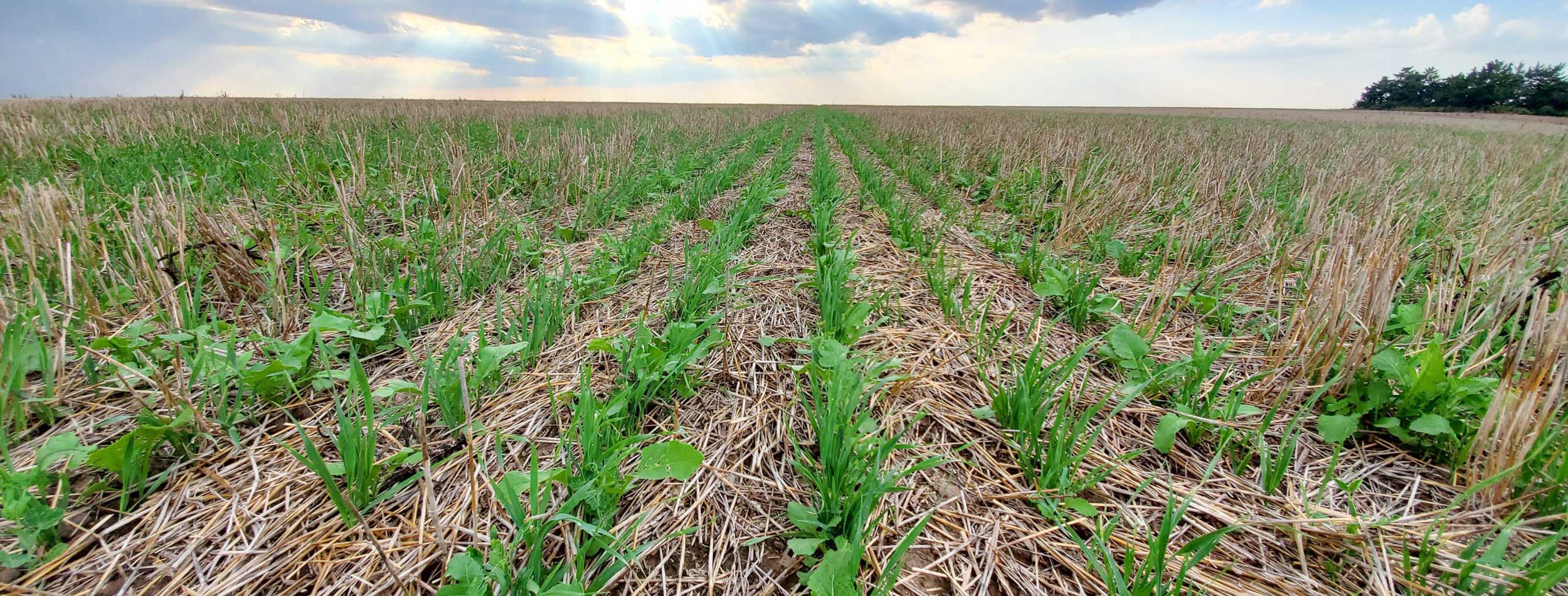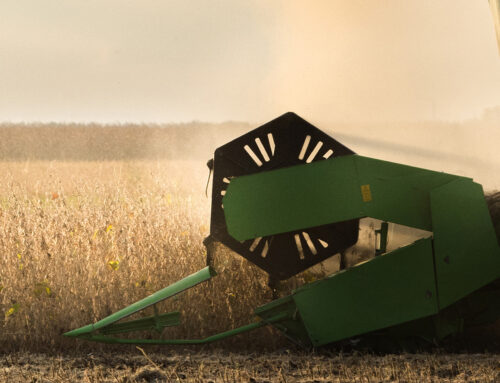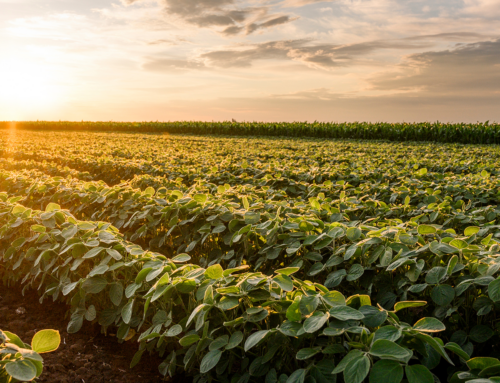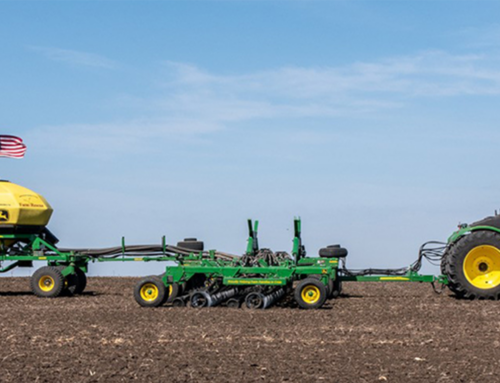
Using sustainable practices on soybean farms
Share This
As a farmer, you understand the challenges of managing and operating a farm in an economically and environmentally sustainable way. The ability to create viable business practices while also preserving natural resources is not only ideal but increasingly important as land bases are consumed by industry and urban sprawl. Knowing which practices to implement can be daunting at times. Learn from fellow soybean members, like Jonathan Gibbs, about sustainable practices for farming and how the Wisconsin Soybean Marketing Board is funding research into the best practices for your farm.
In 2023, Wisconsin Soybean Marketing Board is investing checkoff dollars into two research projects with a focus on sustainability and conservation. Dr. Shawn Conley at the University of Wisconsin is investigating the opportunity to double crop soybeans with winter wheat. Typically, wheat is harvested too late to plant with soybeans. This checkoff funded research will look at three different approaches to offset the time delay in planting soybeans after winter wheat. Checkoff dollars are also funding field experiments to help mitigate yield losses from soybeans planted in no-till fields with heavy corn residue.
Sustainable Farming is More than just Environmental Sustainability
In order to truly farm sustainably, it’s important to consider not only the environmental impact of your actions, but also take into account financial sustainability, and social responsibility. The three go hand-in-hand, creating a three-legged stool that ensures we don’t focus on just one aspect and ignore the other two. By carefully managing resources like land, water, and energy, farmers can reduce their carbon footprint and protect their farm for future generations. But it’s also important to remember that sustainable farming needs to be financially viable in the long term, and that it should positively benefit the community by providing safe and healthy food. These three pillars of sustainability can work together to help soybean farms thrive.
Crop Rotation Improves Soil Health
In addition to the benefits of nitrogen fixing in the soil, you can reduce the risk of pests and break disease cycles with crop rotation. This means you’ll save money on pesticides and other inputs that are commonly used to combat these issues. Additionally, rotating your crops can help to improve soil structure by breaking up compacted soil and adding organic matter to enhance soil fertility. It can also reduce water runoff, therefore improving soil moisture. Overall, this simple technique can have a profound effect on the health of your soil, making it easier to grow healthy and thriving soybeans year after year.
Incorporate Cover Crops into your Rotation to Crowd Out Weeds and Stop Mold Growth
Incorporating cover crops into your crop rotation is a smart move for any farmer looking to improve their yields and keep their land healthy. Cover crops are an essential tool for controlling pests, crowding out weeds, and preventing disease. Not only do they provide a natural form of weed control and can protect your soybeans from the highly-damaging waterhemp weeds, but they can also help prevent mold growth, especially white mold, which can be a serious issue for soybeans.
By rotating cover crops throughout the year, you can keep your soil healthy and productive while reducing the need for pesticides and other chemical controls. Additionally, cover crops can improve yields for future crops, making them a highly profitable practice in the long run. Cover crops can also serve as a feed alternative for livestock or supplemental income through sales of an additional commodity.
Collaborate with Other Farmers to Learn How They are Preserving Their Resources
If you’re a farmer looking to preserve your resources, collaborating with your peers can be an excellent way to gain valuable insights. Working with others who have different practices can open your eyes to new methods for sustaining your crops and conserving energy. By communicating with fellow farmers, you can learn tips and tricks for maximizing your resources and minimizing waste. You might find yourself discovering innovative techniques for managing soil quality or implementing new watering systems that save both time and water. Collaboration is an excellent tool for any farmer striving to improve their sustainability practices and gain new insights in their industry. Additionally, the Wisconsin Soybean Marketing Board is continuingly investing in soybean research for sustainability. Visit Cool Bean or Badger Crop Doc to learn more about how the soybean checkoff is helping farmers.
Support Your Local Soybean Farmers
The Wisconsin Soybean Marketing Board is a great resource for learning about local, Wisconsin farmers and the research that is being funded by these farmers’ checkoff dollars.
Sustainable farming is an important facet to every grower’s farm. The three pillars of sustainability – environmental, financial, and social – each play a major role in the success of your farm. With crop rotation, cover crops, and community collaboration, farmers can make great strides in improving their land while ensuring that agriculture continues to be profitable. To learn more about sustainable farming and how you can support local, Wisconsin growers, check out our Wisconsin PODtalk podcast.



